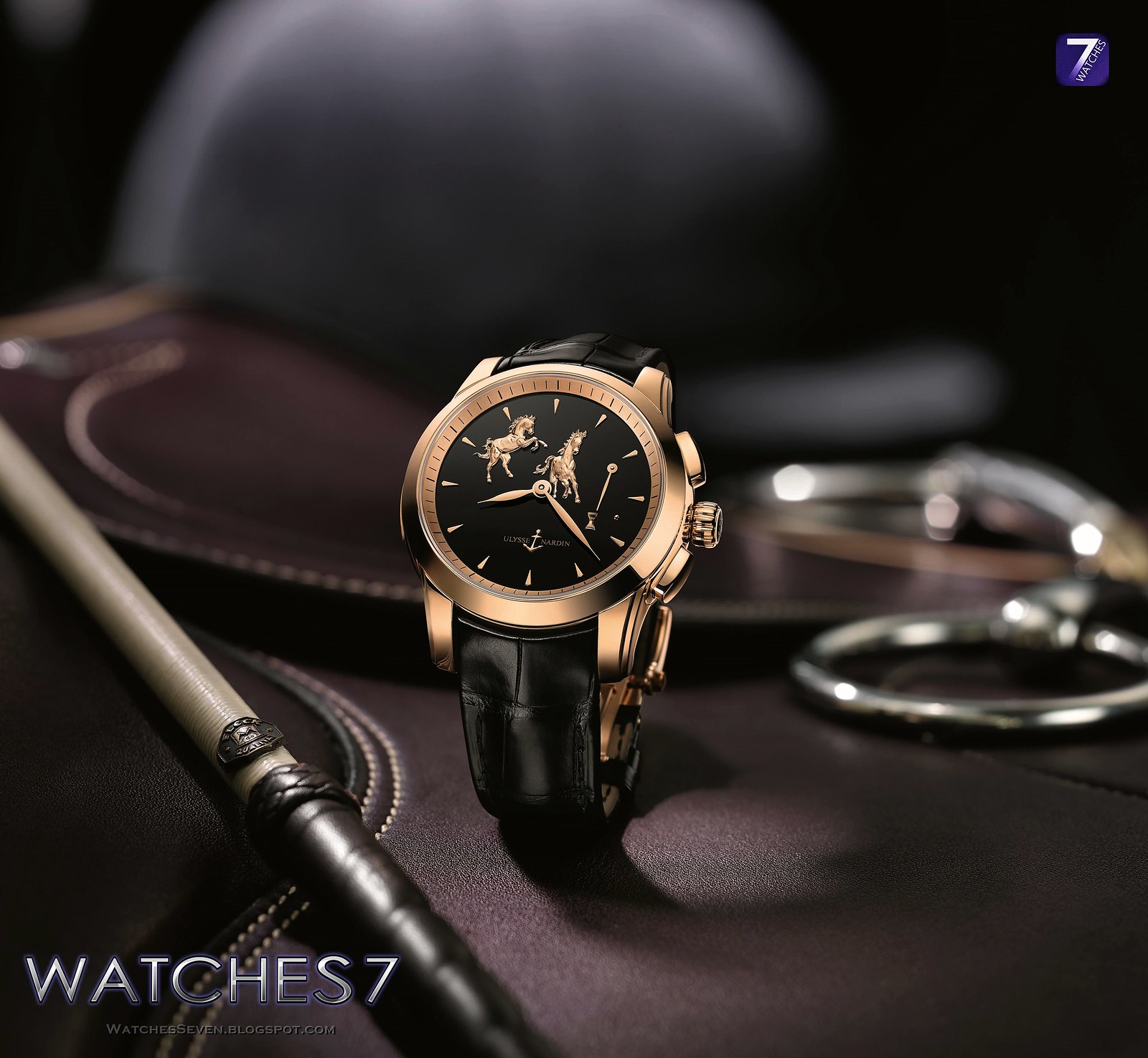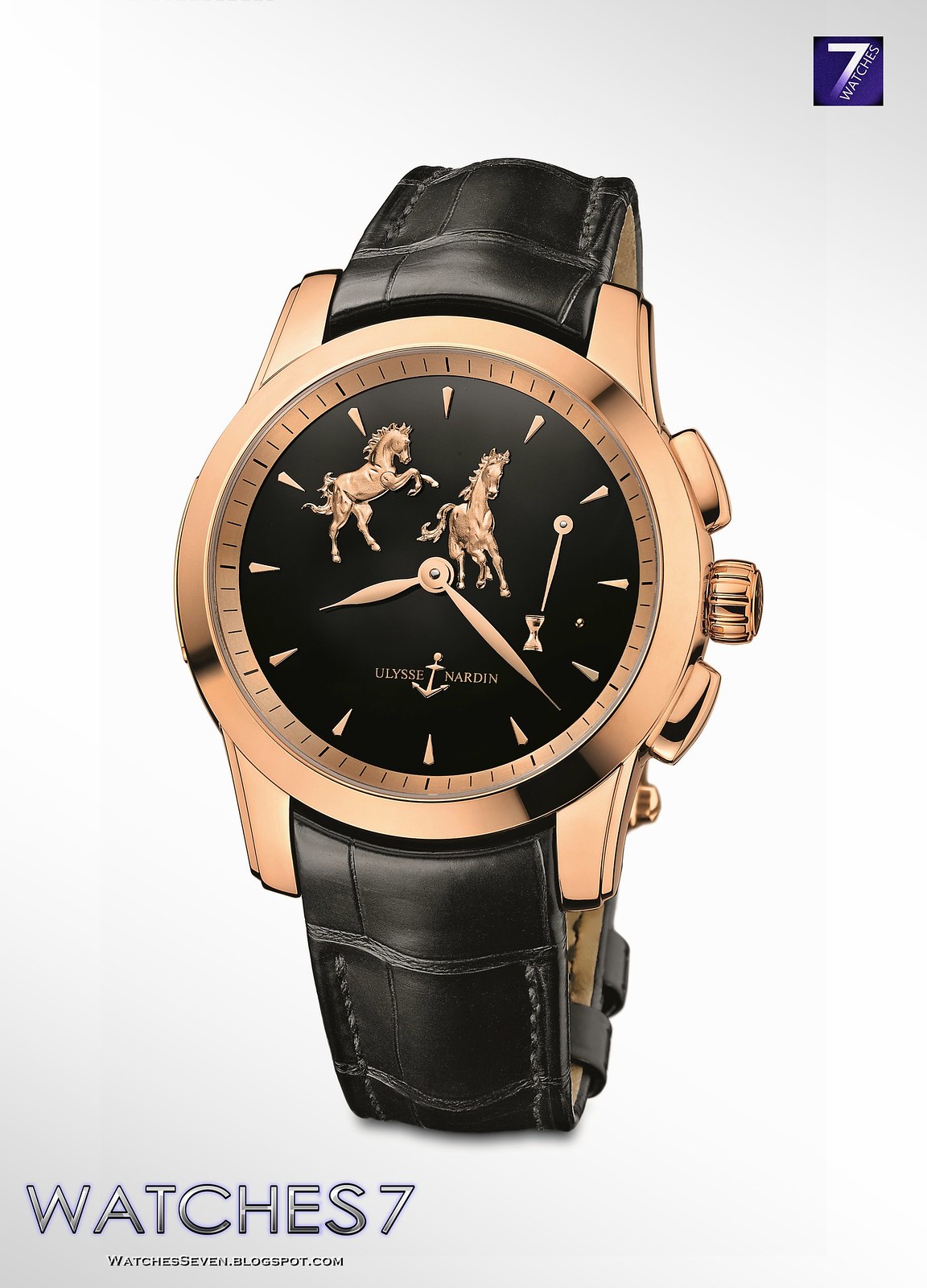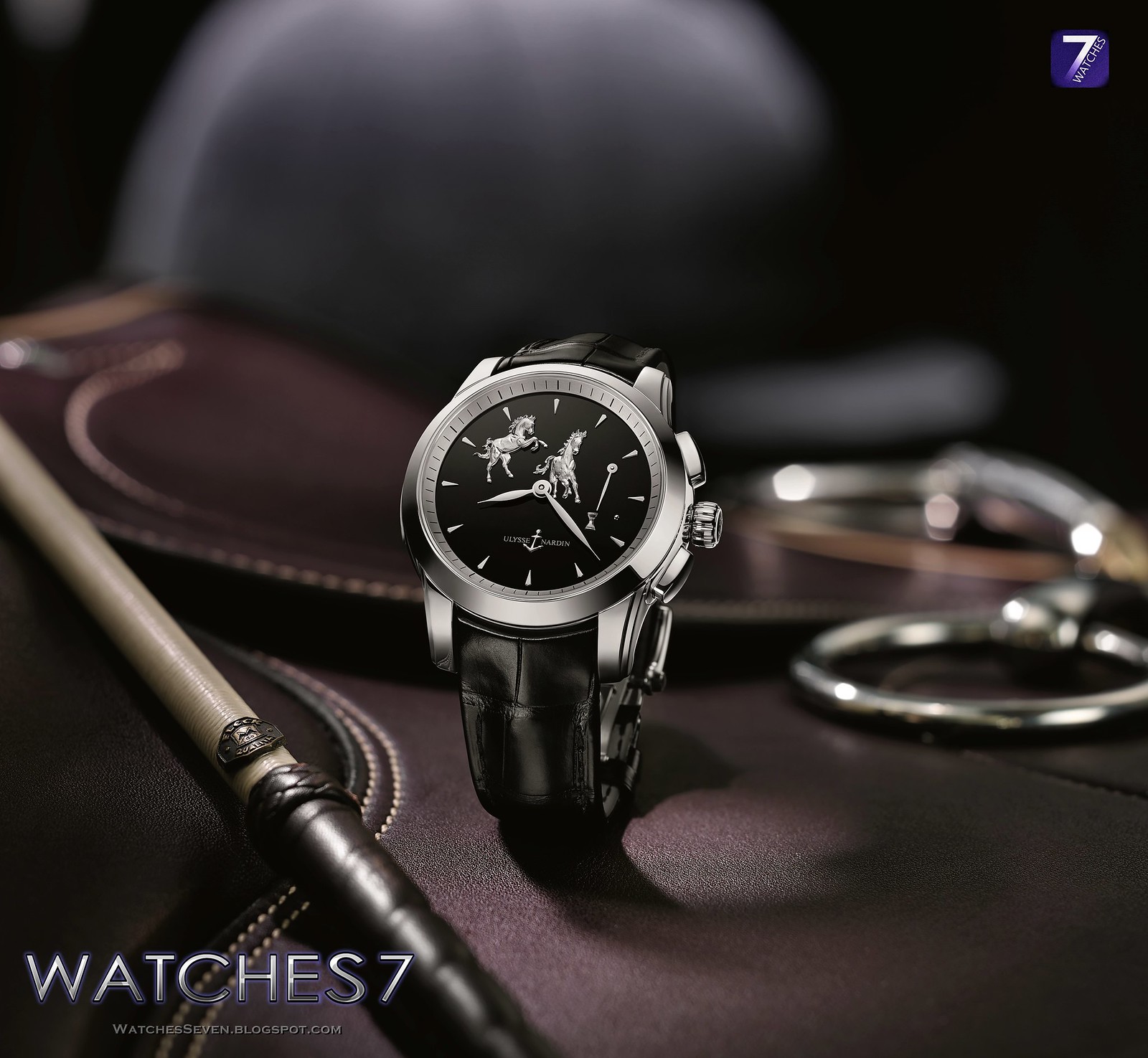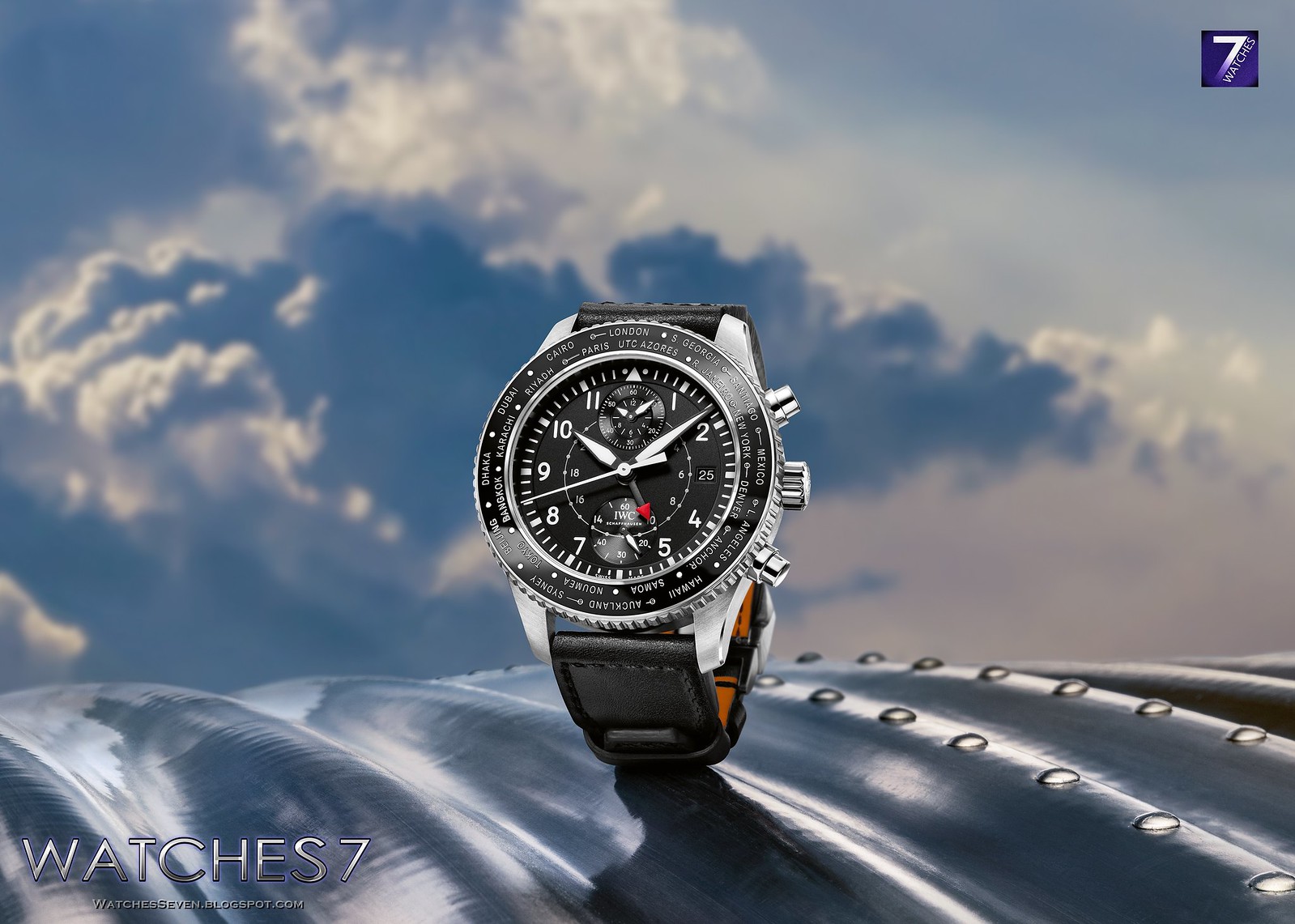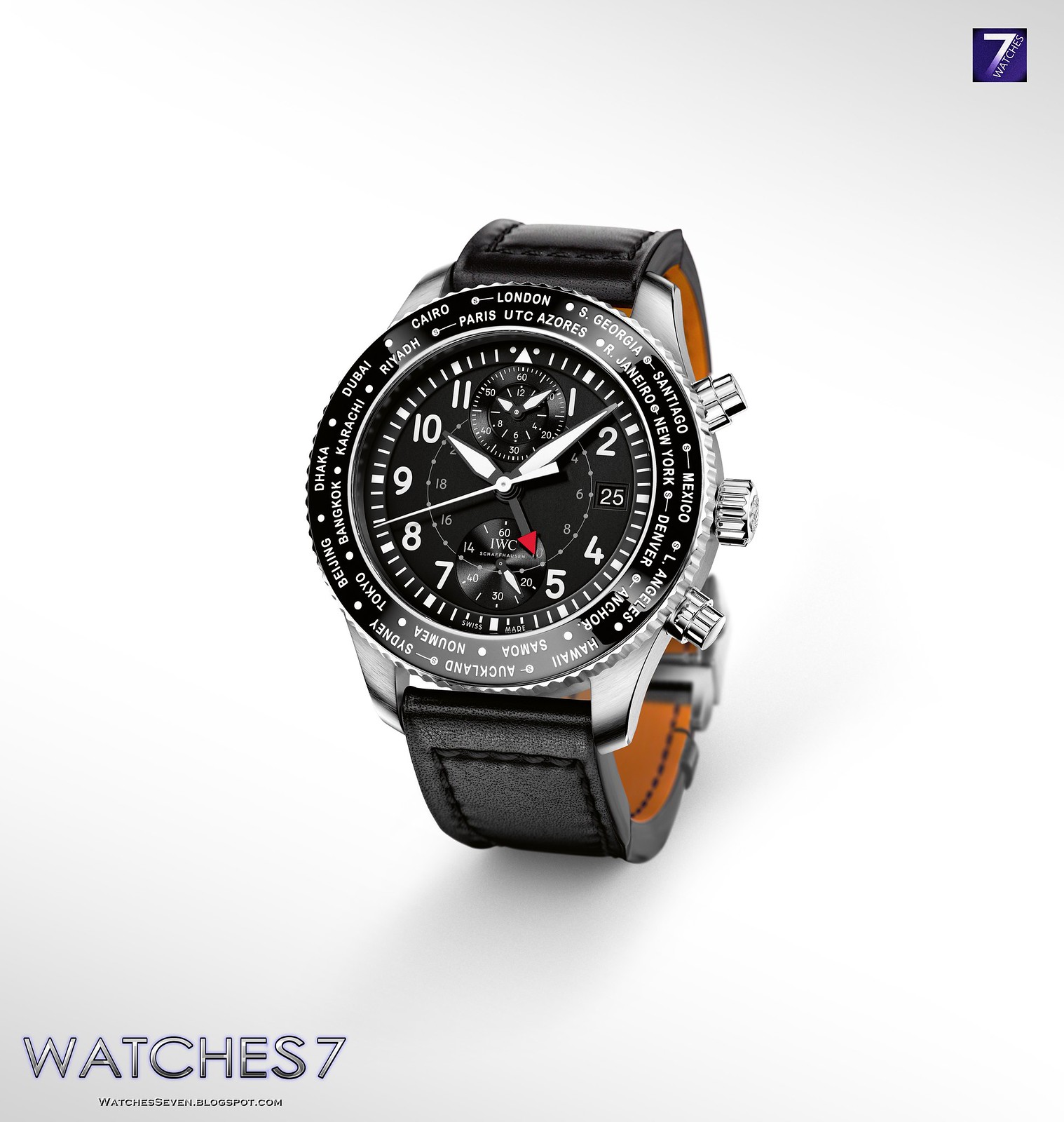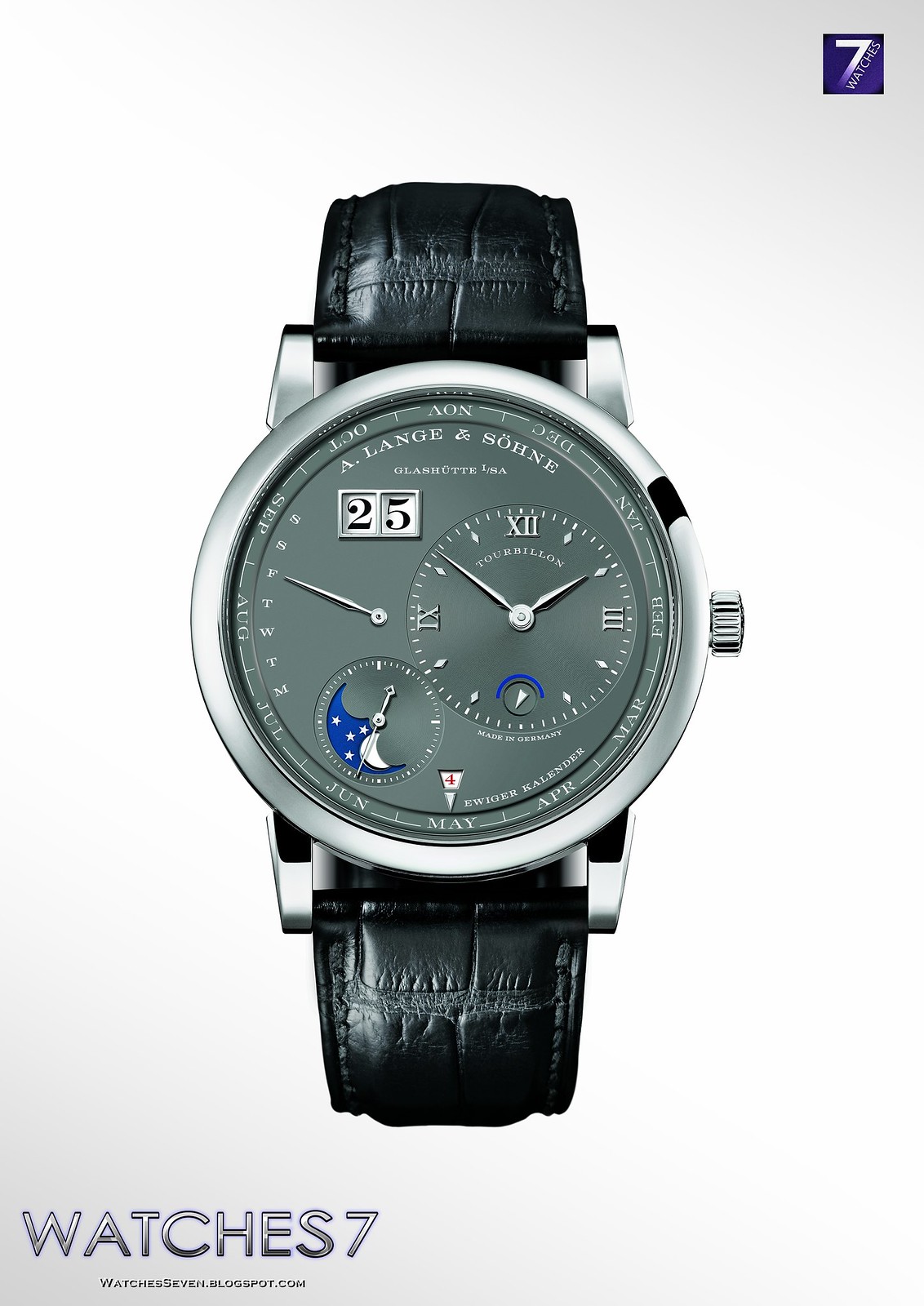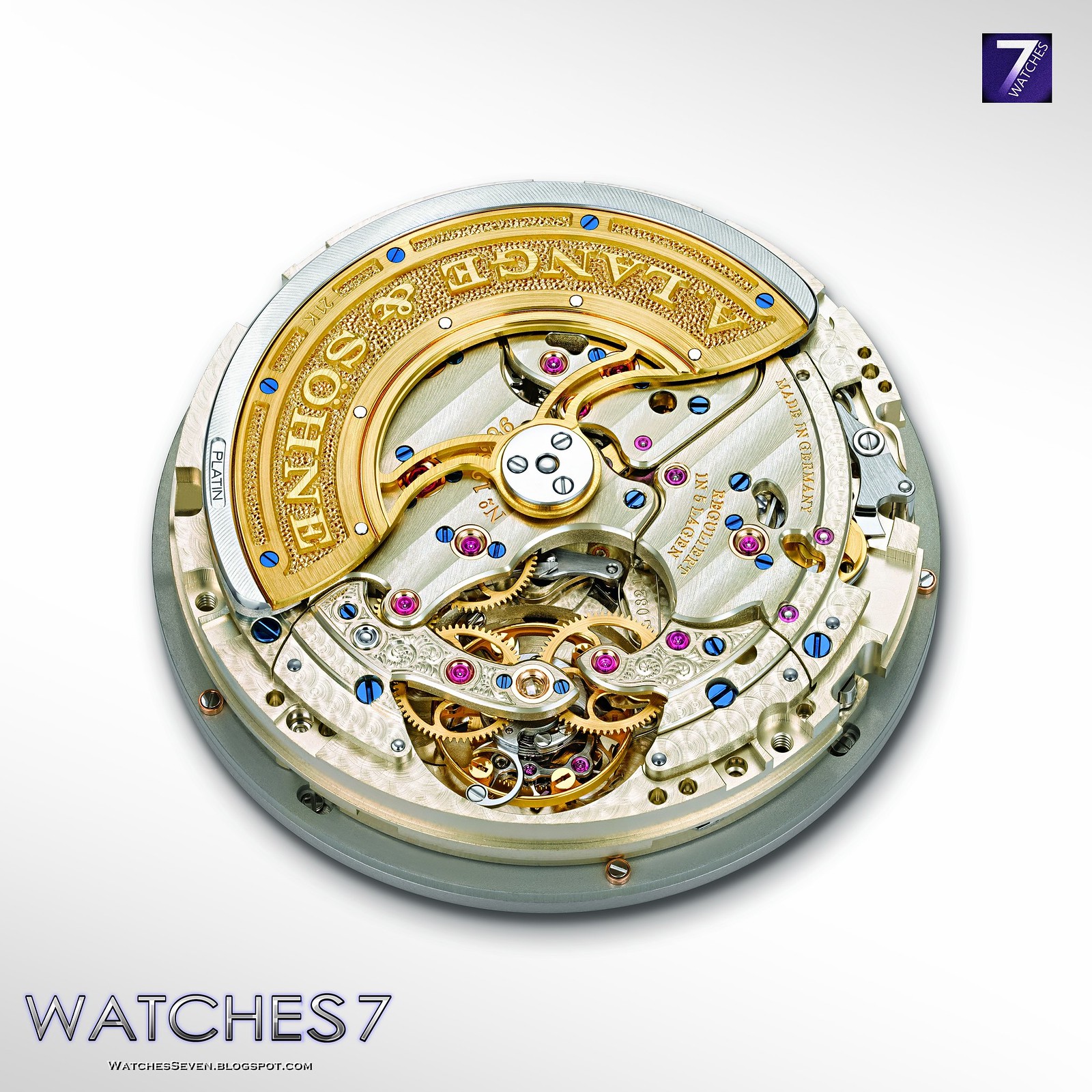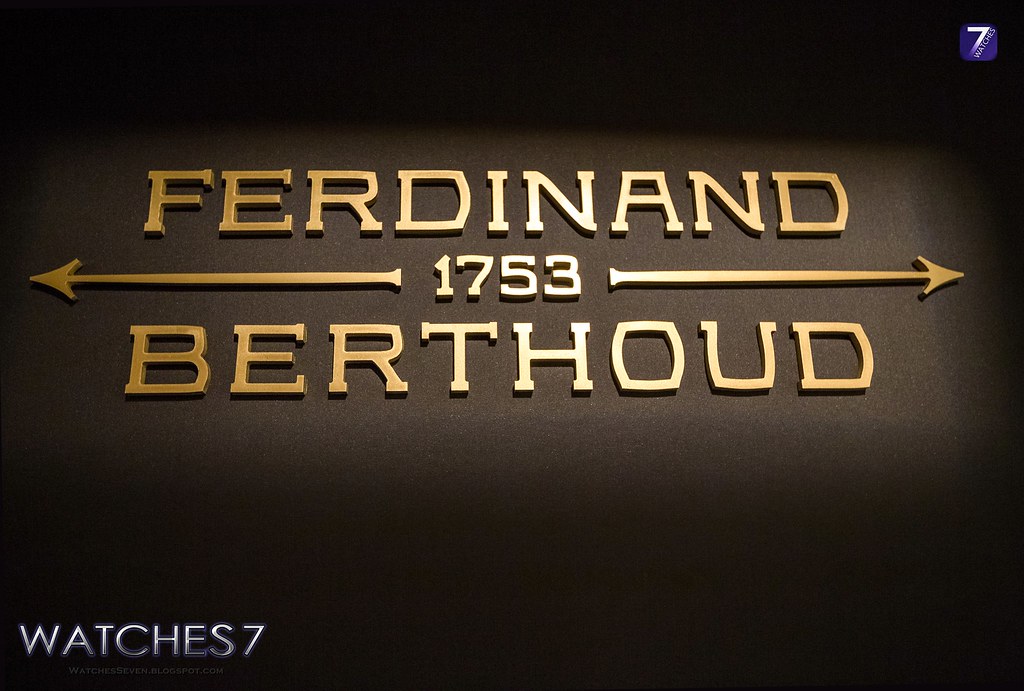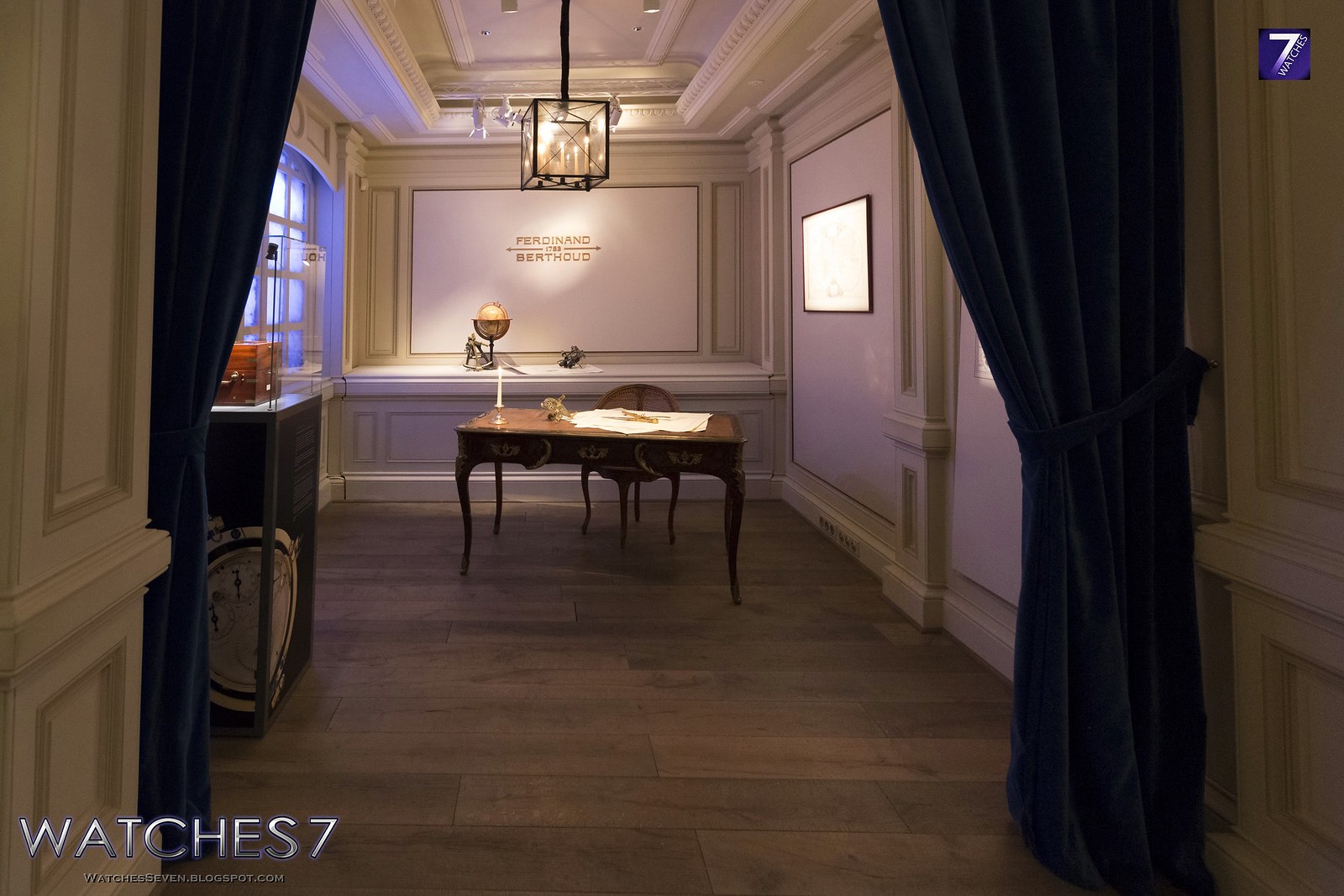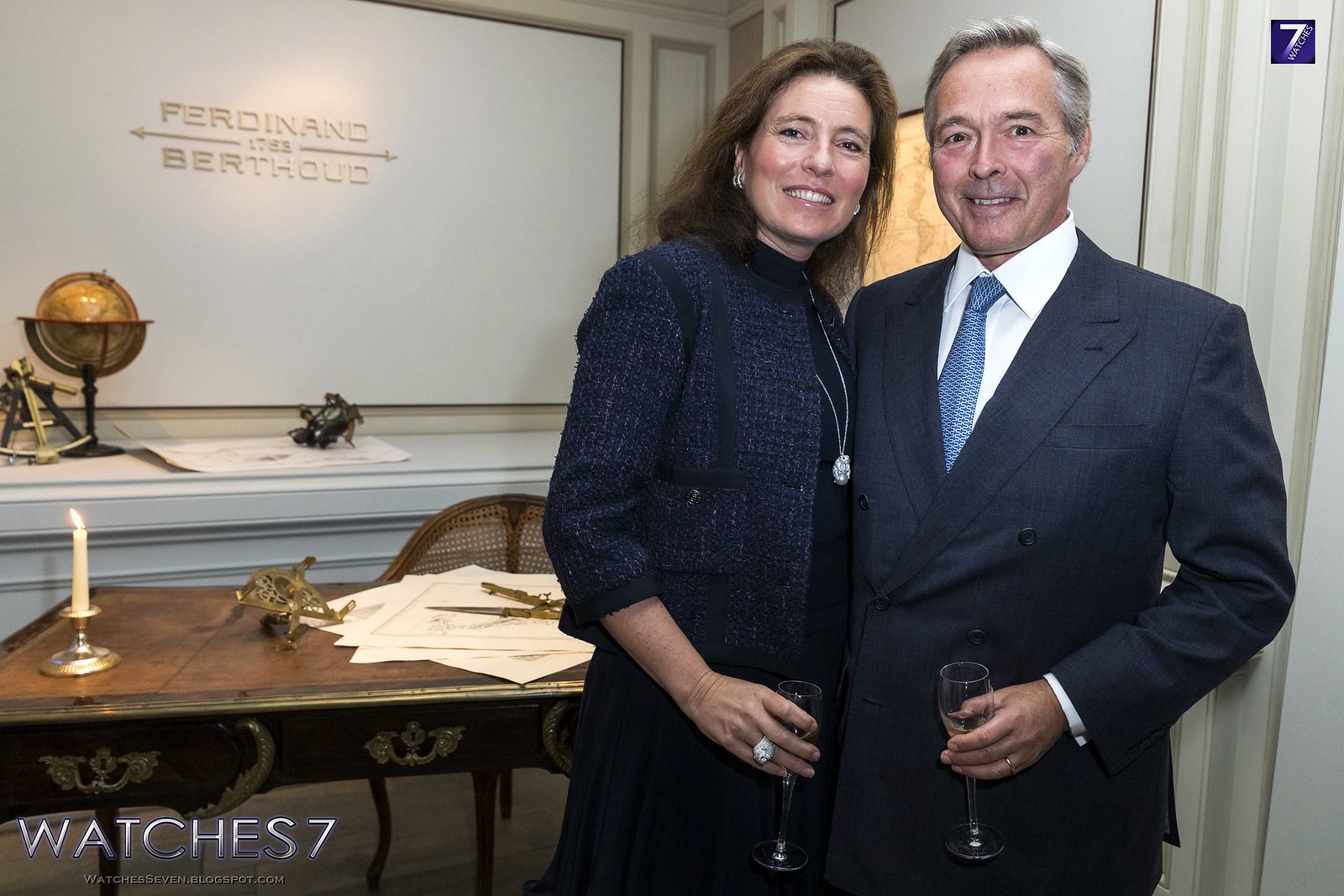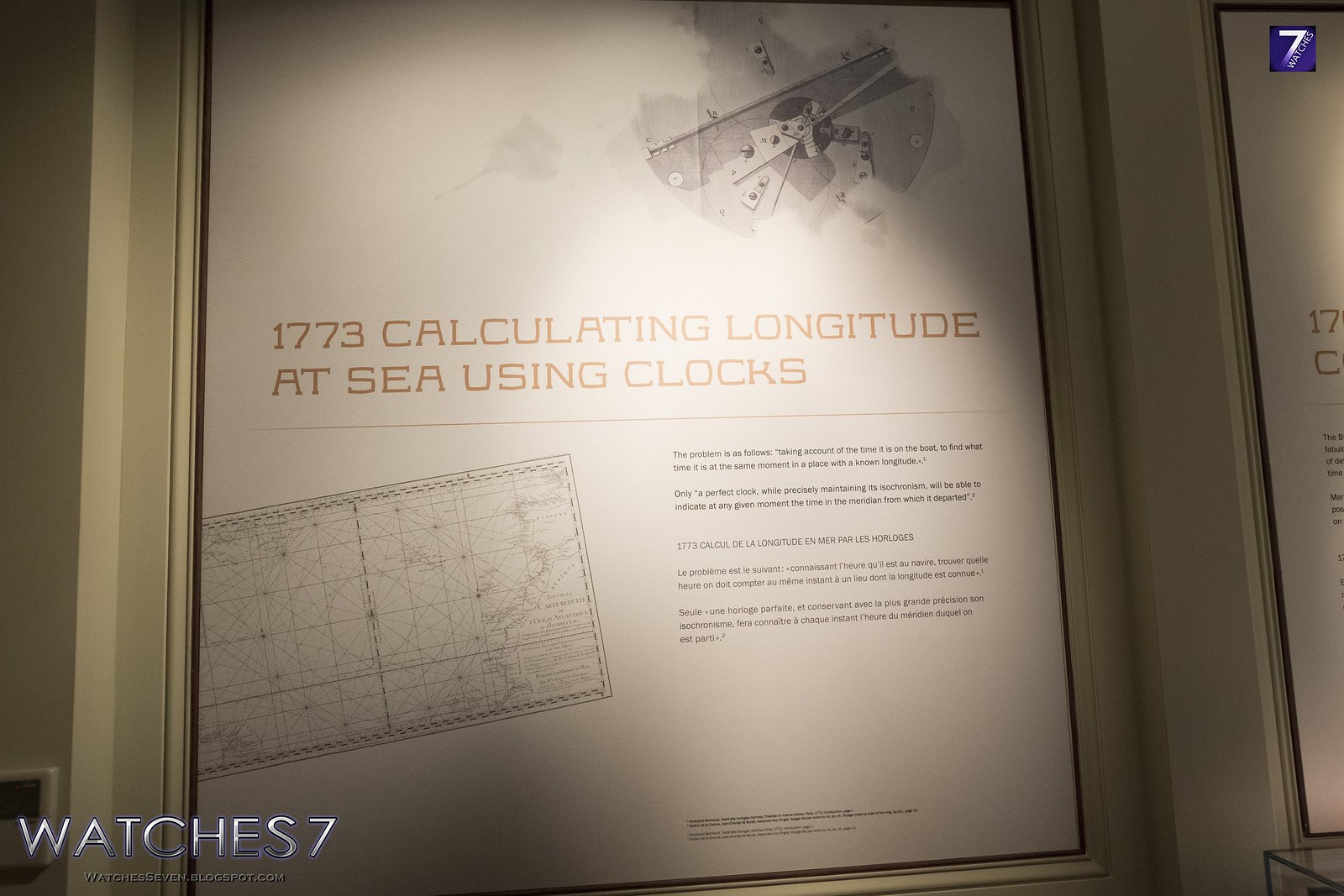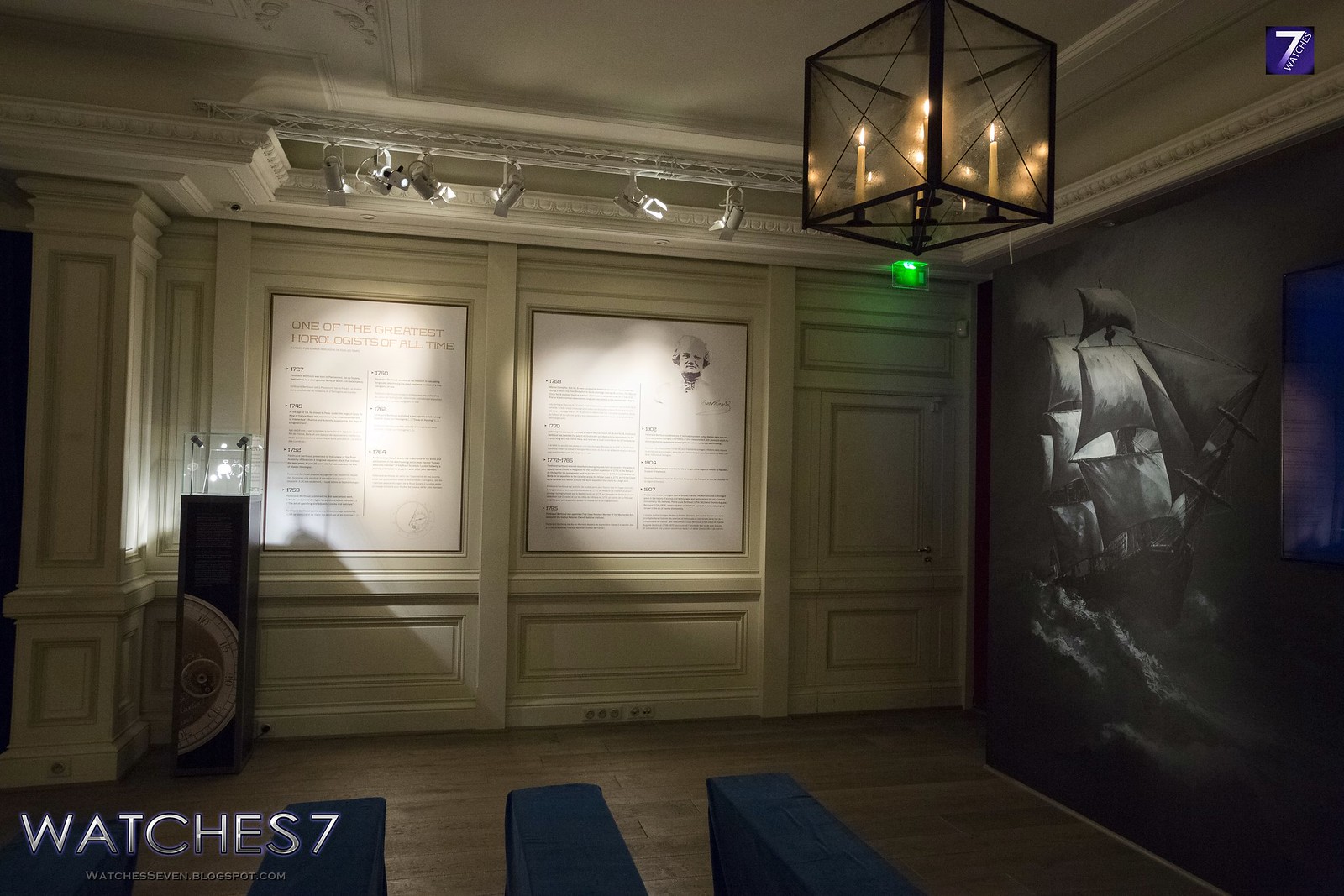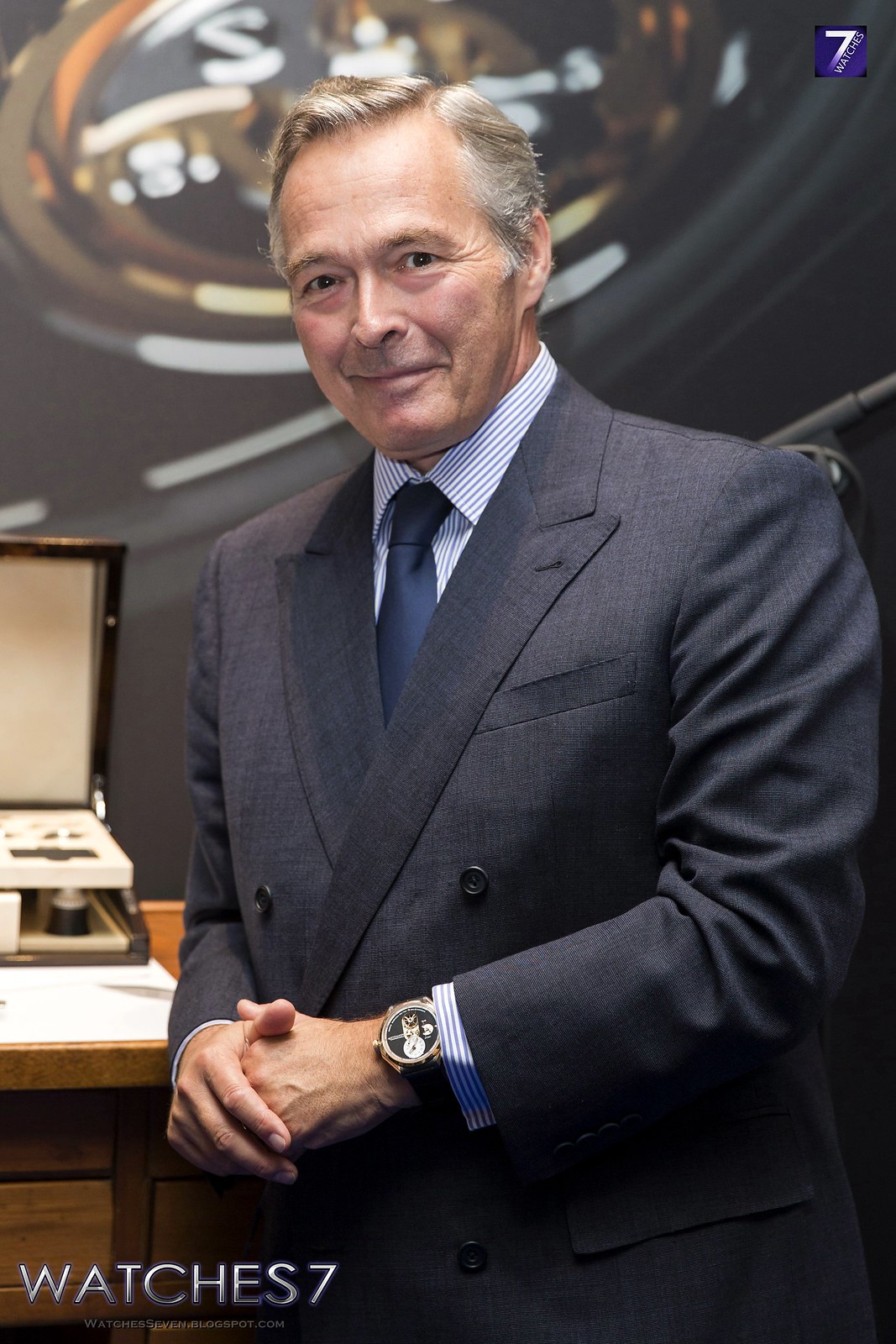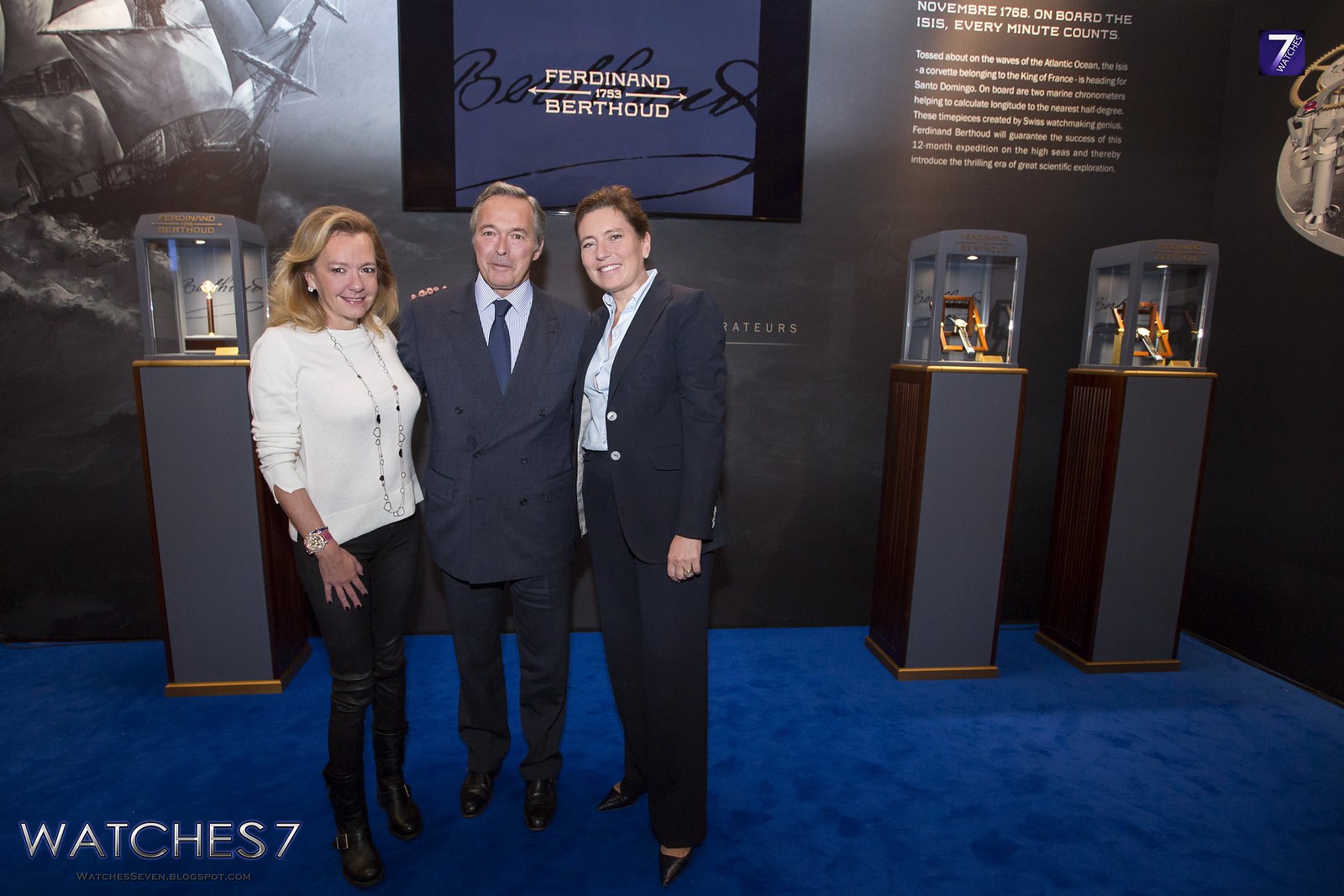
Parmigiani Fleurier – TONDA Métropolitaine Sélène Moon Phase NEW
Mysterious and captivating, the moon takes pride of place in the Métro collection
In presenting the Tonda Métropolitaine Sélène, Parmigiani Fleurier is dedicating a ladies' piece to the depiction of the moon phases, and at the same time adding a new movement entirely produced in its workshops to its range.
A LUNAR PROCESSION ACROSS THE DIAL
With its two bronze-coloured engraved moons, which appear and disappear behind the wisps of a cloud, the Tonda Métropolitaine Sélène corresponds to the typical moon phase model. Although seemingly classic, on closer observation it reveals a series of refined features, giving this piece touches of distinction which make it unique.
Click on the mouse wheel to see the large size ... BIG FOTO
For instance, the fact that the moon is not golden, but actually russet, possessing that glow specific to exceptional nights. Or the fact that its surface is made up of craters – known as lunar seas – obtained by successively layering transfers and involving great artisanal complexity. More than a simple depiction, this is an attempt to embody the moon, which appears in order to truly enchant the wearer.
However, the real tour de force and source of this piece's originality stems from the floral pattern decorating the dial and increasing the intrinsic femininity of this complication. The lotus flower, depicted at the heart of the piece, is a plant that blooms at night when the moon rises. In some cultures, it is said that this flower is the symbol of the female gait, as every step a woman takes produces a lotus flower.
Adorning the centre of the dial, this lotus flower is formed of mother-of-pearl lace designs measuring barely 0.2 mm thick, placed in two layers, one on top of the another. The first, underlying sheet is varnished then satin-finished, therefore contrasting with the upper layer, which presents a polished finish. The alternating satin-finished and polished surfaces produce a particularly captivating reflection, which is further enhanced by the inherent depth effects of the two mother-of-pearl layers.
Click on the mouse wheel to see the large size ... BIG FOTO
Two versions of the Métropolitaine Sélène dial will be revealed in 2016. The first is completely made up of white mother-of-pearl, which forms the base of the dial as well as the lotus. The second presents the Parmigiani Fleurier signature abyss blue dial, which is joined by a lotus of the same colour, matching the exact same shade.
The Tonda Métropolitaine Sélène is impressive in terms of its technical features and accuracy, but also possesses a unique artisanal beauty, resulting from the continuous decorative care responsible for its preciousness. These operations are carried out by hand, never substituted, giving it a perceptible and unique value.
THE MOON PHASE COMPLICATION
The moon phase module was entirely produced in the Parmigiani Fleurier workshops. Its operating principle is based on a gear connected to the hour wheel, which has twice as many teeth and therefore turns twice as slowly. This gear performs one rotation every 24 hours and drives the moon disc forward every day using a flexible blade integrated into its wheel.
Click on the mouse wheel to see the large size ... BIG FOTO
A push-piece at 9 o'clock enables the wearer to independently index the moon in relation to the day and time in order to match its phases to the geographic location of reference. This moon correction device features a safety system thanks to the flexible blade, which prevents the gear from being destroyed in the event of incorrect operation.
The movement is entirely circular-grained and decorated according to the highest standards of fine watchmaking, as they are invariably executed at the Parmigiani Fleurier manufacture.
-----------------------------------------------------
Technical Specifications
TONDA Métropolitaine Sélène Moon Phase Blue
References : PFC283-0002500-XC2521 STRAP
References : PFC283-0002500-B00002 BRACELET
MOVEMENT
Calibre : PF318
Winding : Automatic
Power reserve : 50 hours
Dimensions : 11 ½''' – Ø 26.0 mm
Thickness : 4.7 mm
Frequency : 4 Hz – 28’800 A/h
Jewels : 28
Barrel(s) : 2 series-coupled barrels
Components : 205
Decoration : "Côtes de Genève", bevelled bridgesFUNCTIONS
- Date under openworked dial
- Hours, Minutes
- Small second at 6 o'clock
- Moon phase
Shape : 3-part round case
Dimensions : Ø 33.20 mm
Thickness : 9.6 mm
Material : Steel
Finishing : Polished
Water resistance : 30 m
Glass : Anti-reflective sapphire
Crown : Ø 5.5 mm
Back : Sapphire DIAL
Finishing : Azur ounter, Mother-of-Pearl lace center
Colour:
- Blue abyss
- White Mother-of-pearl
Hands : Delta-shaped with luminescent coating
STRAP
- PFC283-0002500-XC2521 Blue
- PFC283-0003300-B00002 White
Colour: Oceania Blue/White
BUCKLE
Type: Ardillo
BRACELET
- PFC283-0002500-B00002 Bracelet
Colour : Polished
BUCKLE
Type : Folding
-----------------------------------------
www.facebook.com - Parmigiani Fleurier
--------------------------------------------------------------
www.Parmigiani.ch





